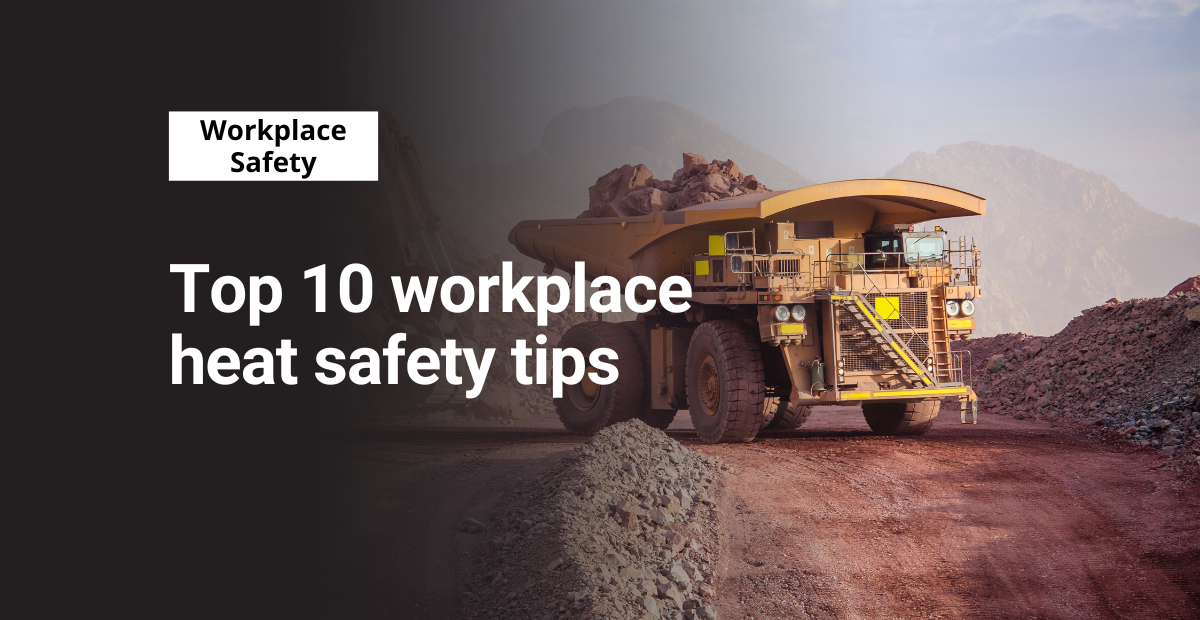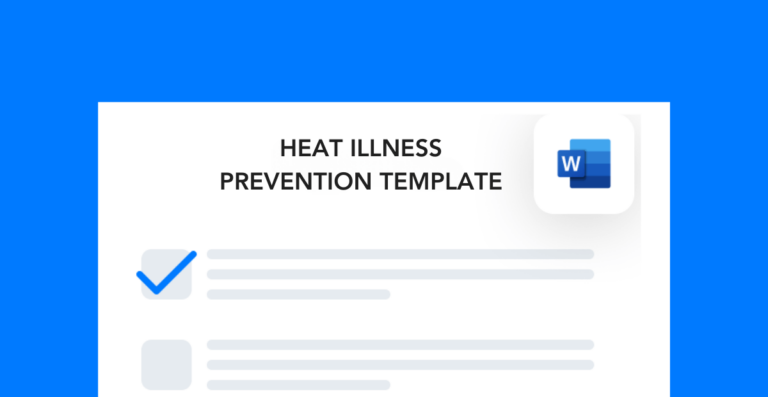Working in hot weather is both uncomfortable and potentially dangerous. Workers need to be prepared for each shift with the right gear. Employers need to create a safe work environment that eliminates heat hazards as much as possible. Implementing the following workplace heat safety tips is an important step in preventing heat-related incidents and illnesses.
Workplace safety tips for working in the heat
If you’re someone who works in hot temperatures, there are so many different ways to protect yourself from the elements. Most of these recommendations are rooted in simple shift prep. Make sure you have what you need each day, and you won’t have to worry about overheating. Following practical workplace heat safety tips will keep you well-prepared.
- Choose breathable, lightweight, and moisture-wicking fabrics for outdoor work clothing.
- Drink plenty of water throughout the day.
- Bring some extra snacks to work so you can regulate your energy levels.
- Wear sunscreen, a hat, and sunglasses for the optimum amount of sun protection.
- Alert management if you’re feeling lightheaded or abnormally tired.
It can be easy to forget to take breaks when you’re wrapped up in your work. But when you’re working in the heat, you can’t afford to forget. Remember to follow workplace heat safety tips to stay safe.
Self-awareness is the key to keeping yourself safe from heat hazards. At the end of the day, your coworkers or manager won’t know how you feel. Being aware of your physical needs like hydration and hunger will reduce your risk of developing heat illness symptoms.
Heat illness prevention tips for employers
If you manage teams in hot environments, you’ll have an extra layer of complexity to your illness prevention strategy. You’ll need to assess your existing processes and ensure that they factor in hot weather conditions. Applying these workplace heat safety tips can help.
Below are a few things you can do to reduce heat-related health hazards in your operation.
- Factor longer/more frequent breaks in your team’s daily schedule.
- Make sure that outdoor workspaces have shaded rest areas for workers to use.
- Determine which jobs are more hazardous in hot conditions and implement additional control measures to reduce risks.
- Create and maintain a stock of hydration supplies (electrolyte tablets, Sqwinchers, etc.).
- Adjust your productivity expectations to accommodate increased risk of fatigue.
For your prevention strategies to work, it’s important to encourage workers to speak up when they’re feeling unwell. And this can be hard to put into practice.
Obviously, you don’t want your team to take advantage of the hot temperatures to slack on their duties. The reality is, however, that employees working in the sun will need more frequent breaks and extra care.
With regards to workplace heat safety tips, the best ways to prevent heat illness is to:
- Put control measures in place to combat the physical side effects of heat exposure.
- Create a work environment where employees feel comfortable asking for support.
If you implement these workplace heat safety tips and teach workers how to come to work prepared, you’ll be able to prevent illnesses throughout the hot summer months.




